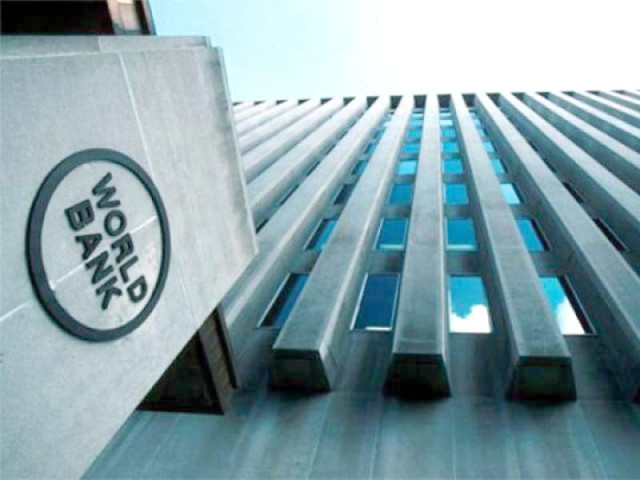
The lender issued a statement from Washington to rectify the mistake after holding meeting with a Pakistani delegation, led by Finance Secretary Shahid Mehmood.
“The bank management clarified to the delegation that media reports referring to the external financing needs of 9% of GDP (gross domestic product), or $31 billion, were an extrapolation of data published in the recent South Asia Economic Focus report,” said the statement.
K-P to take $200m loan from World Bank
The bank agreed with the delegation that foreign portfolio investments were not part of the external financing needs of Pakistan. Therefore, gross external financing needs for current fiscal year 2017-18 were 5-6% of GDP or around $17 billion, to cover the current account deficit and debt payments, it said.
The $17 billion figure is $1 billion less than what the Ministry of Finance has projected for 2017-18.
In the biannual South Asia Economic Focus (SAEF) report released on October 9, the World Bank said Pakistan’s external sector was becoming unstable and its foreign currency reserves were sufficient to cover only the current account deficit and external debt payments, but not liabilities of foreign portfolio investment.
The inclusion of foreign portfolio investment in gross external financing needs surprised the government and independent experts.
In the report, the bank claimed that Pakistan’s gross external financing needs - the money required to meet foreign obligations - would be equal to 9% of GDP.
The bank worked out the 9% external financing requirement by including the foreign portfolio investment, which is not a traditional method of arriving at the financing requirements. The bank estimated foreign portfolio investment at 4% of GDP or $13.8 billion.
Finance Minister Ishaq Dar on Monday said the World Bank had misinterpreted the data and did not follow the internationally accepted definition for calculating the external financing needs.
The bank reiterated its commitment to continuing to support Pakistan in the implementation of broad economic reforms and addressing current risks to achieving the development aspirations.
On the macroeconomic outlook, both sides acknowledged that Pakistan had done well in stabilising its economy over the past four years and in achieving the 10-year high growth of 5.3% in financial year 2016-17, according to the statement.
World Bank sponsoring $3.8m forest-protection programme
However, the bank cautioned that “the country was facing headwinds in the external sector and a rising fiscal deficit that could put macroeconomic management at risk”.
It urged Pakistani authorities to take prompt policy actions to arrest the downward trend on the external and fiscal fronts.
The Pakistani delegation apprised the bank management of the recent performance in revenue mobilisation, exports and remittances.
The bank said discussions with the Pakistan delegation covered a range of topics including the macroeconomic outlook, human capital development, renewable energy, private sector development as well as infrastructure financing.
It pointed out that productive talks during the World Bank-International Monetary Fund annual meetings in Washington DC were held with a Pakistan delegation including Shahid Mahmood, Secretary Finance Division, Tariq Bajwa, Governor State Bank of Pakistan and Arif Ahmed Khan, Secretary Economic Affairs Division.
The delegation had also met with a World Bank team, led by Annette Dixon, Vice President South Asia Region.
Published in The Express Tribune, October 17th, 2017.
Like Business on Facebook, follow @TribuneBiz on Twitter to stay informed and join in the conversation.
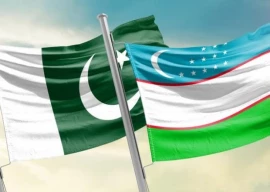
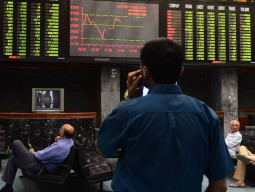
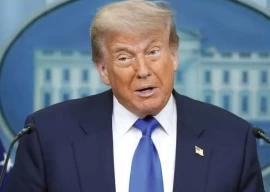

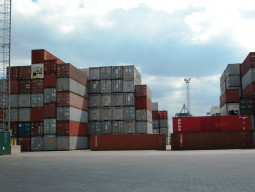













COMMENTS
Comments are moderated and generally will be posted if they are on-topic and not abusive.
For more information, please see our Comments FAQ